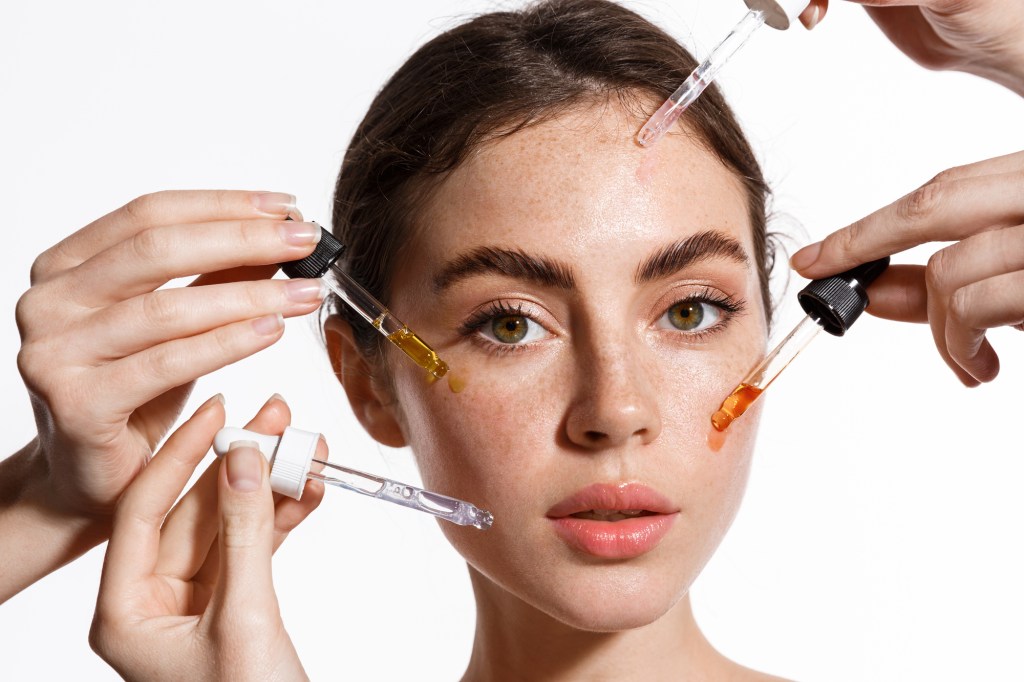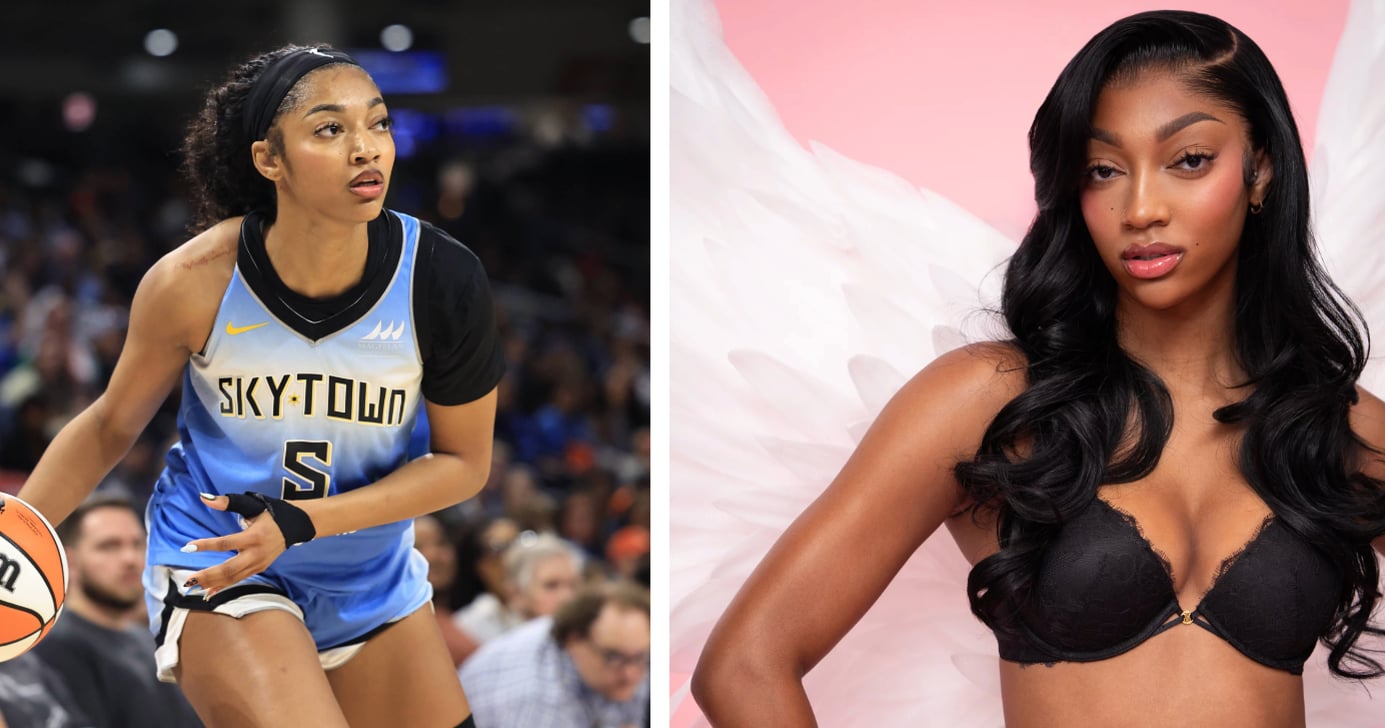Gen Alpha is fueling sizable growth in mass skin care.
Despite only 26 percent of households counting a member of the cohort, tweens are driving 49 percent of mass skin care’s growth, according to data from NIQ.
“We’ve traced [momentum] back to this general phenomenon of kids getting into the skin care category more quickly,” said Anna Mayo, vice president of NIQ’s beauty vertical, adding that cleansers, serums and masks are among the products young consumers are mainly reaching for.
While average prices are up 8 percent in facial skin care in mass, inflation isn’t the only factor keeping sales afloat. “Beauty consumers are reallocating more of their dollars towards beauty even as they are cutting back in other areas,” said Mayo, adding that the category is up 9 percent overall in dollar sales, and 0.9 percent in units.
Related Articles
“Dollars continue to grow faster than units, but units are growing — which is positive and not the case for many other categories around the store,” she said.
While facial treatments and eye skin care are among those segments seeing standout growth, skin care appliances are on the decline in the mass market, dropping 22.3 percent in year-over-year sales.
“Facial brushes, cleaning brushes and those kind of at-home-spa offerings — they blew up during COVID-19 as people were finding these bigger routines, but have really slimmed down now; people either already have them at home or they’re kind of returning to normal,” Mayo said.
Here are the top mass market facial skin care categories by year-over-year dollar sales growth.
- Facial treatments: +38.3 percent
- Eye skin care (non-creams): +19.8 percent
- General/multipurpose cleanser: +13 percent
- Day facial moisturizer: +7.8 percent
- Eye cream: +7 percent



